This town may be one of the most unusual places in the world.
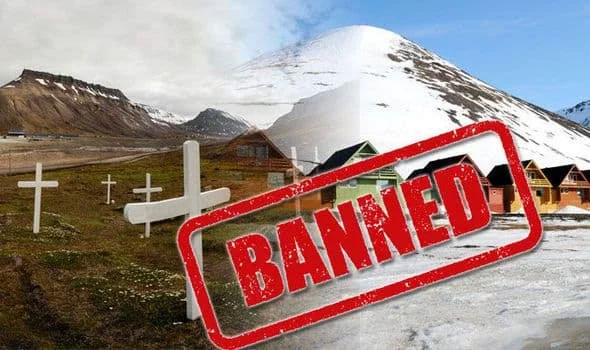
Imagine living in a place where it is actually illegal to die. It may sound strange, but in Longyearbyen, a small town in Norway, this is exactly the case.
Located on the island of Svalbard, far north of the Arctic Circle, Longyearbyen has an unusual law that makes it illegal to pass away while living there. While it might seem like a quirky piece of trivia, the reasons behind this rule are rooted in practical and environmental concerns.
For the people who live in Longyearbyen, the issue isn't about controlling death, but about ensuring the safety and well-being of the community.
This town, with a population of just over 2,000, faces extreme conditions, especially in terms of its weather and geography. The law, though sounding unusual, is there for a very specific reason: the permafrost. It's not that people are not allowed to die-it's about the challenges of dealing with death in a place where the ground is permanently frozen.
Here's everything you need to know about this bizarre law:
The law and its reasons
In Longyearbyen, it's not technically illegal to die. Rather, if someone falls ill and is approaching the end of their life, they are strongly advised to leave the town and seek medical treatment elsewhere. The reason for this law is due to the unique environmental conditions of the island. Longyearbyen is located in the Arctic, where the ground is constantly frozen. Because of the permafrost, bodies do not decompose properly. This has led to a number of health and safety concerns.
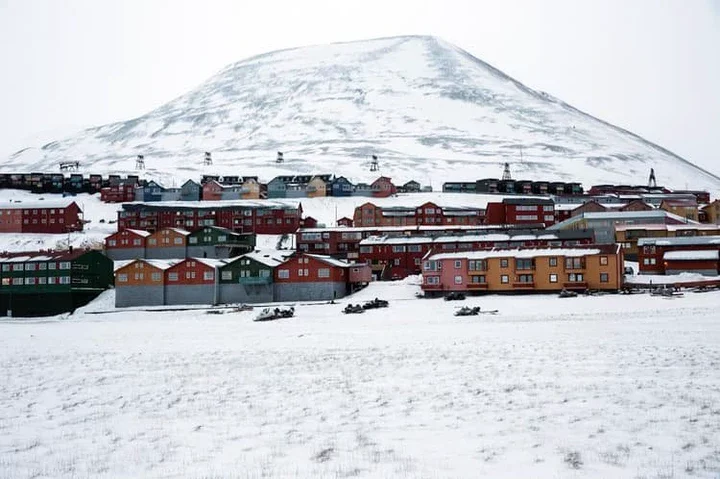
The frozen ground means that burial is extremely difficult, as digging graves is nearly impossible. For many years, the bodies of those who passed away in Longyearbyen were stored in a local cemetery. However, in the 1950s, a troubling discovery was made: when scientists exhumed a body from the cemetery, they found it was still well preserved, almost as if it had just passed away. This raised concerns about the spread of diseases, such as the 1918 Spanish flu, which had killed many people in the town. The remains of those who died in the 1918 flu pandemic were still preserved in the cemetery, leading to fears that viruses might resurface.
Thus, the town's authorities implemented a rule that anyone who is seriously ill or terminally ill should leave Longyearbyen for medical care. This practice ensures that the town does not face the problems of storing or burying bodies in conditions where they cannot be properly decomposed or managed.
Why it's not just about the law
While this might sound like an odd rule, it's important to understand that it comes from a place of concern for the well-being of the community. Longyearbyen has limited healthcare resources, and the extremely cold and isolated environment makes it difficult to manage end-of-life care and funerals. The law is a practical measure, designed to prevent potential health risks and ensure that the town can maintain a safe, healthy environment for its residents.
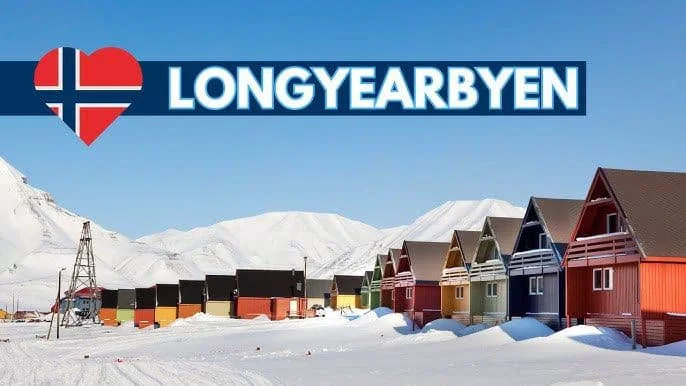
Living in Longyearbyen also means accepting the challenges that come with such a remote, cold, and harsh environment. The population is small, and services are limited. People living there are used to adapting to the harsh weather, long winters, and isolated conditions.
The law about death is just one of the many unusual rules that help people live in harmony with their environment.

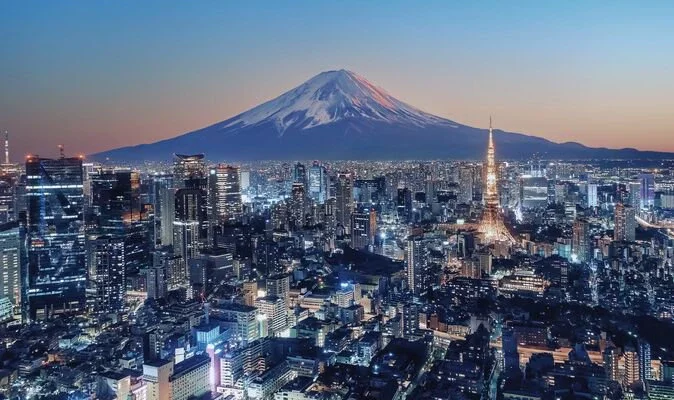
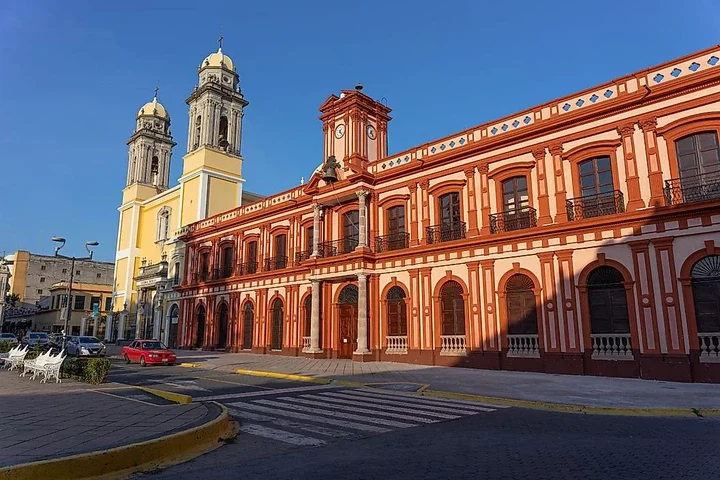
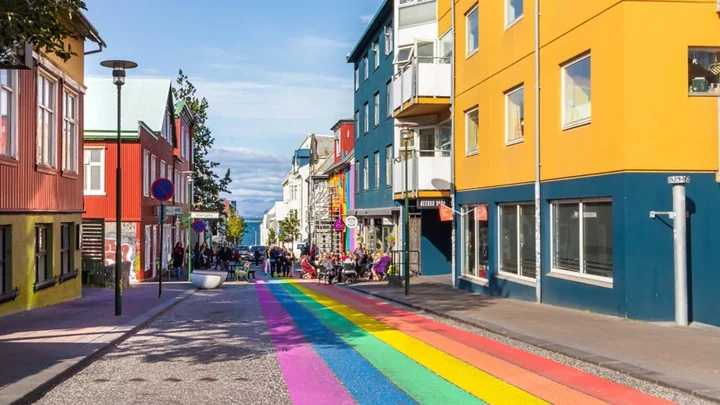
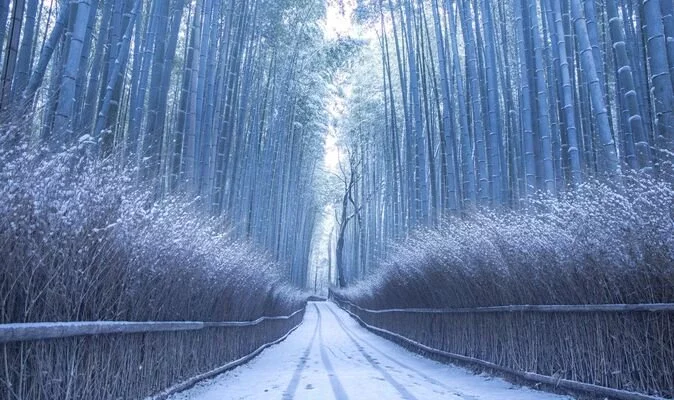












Comments